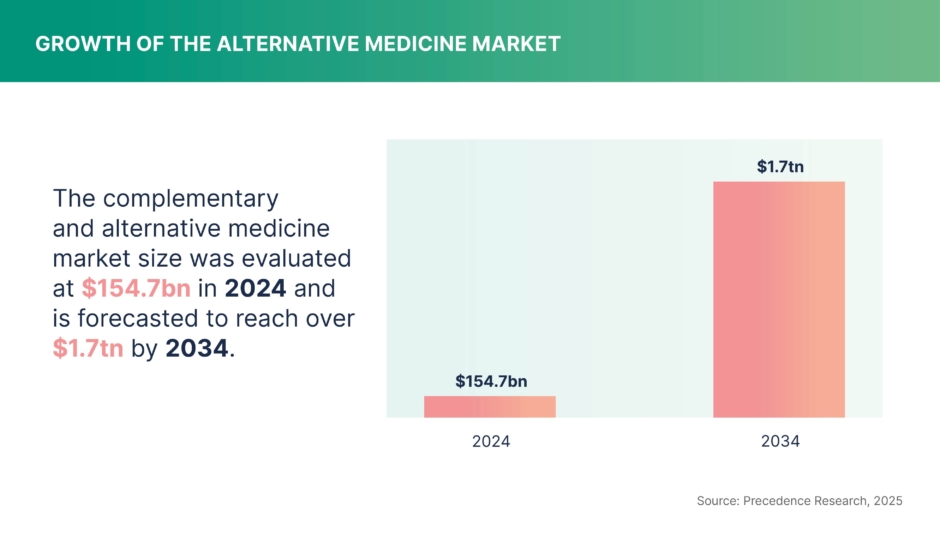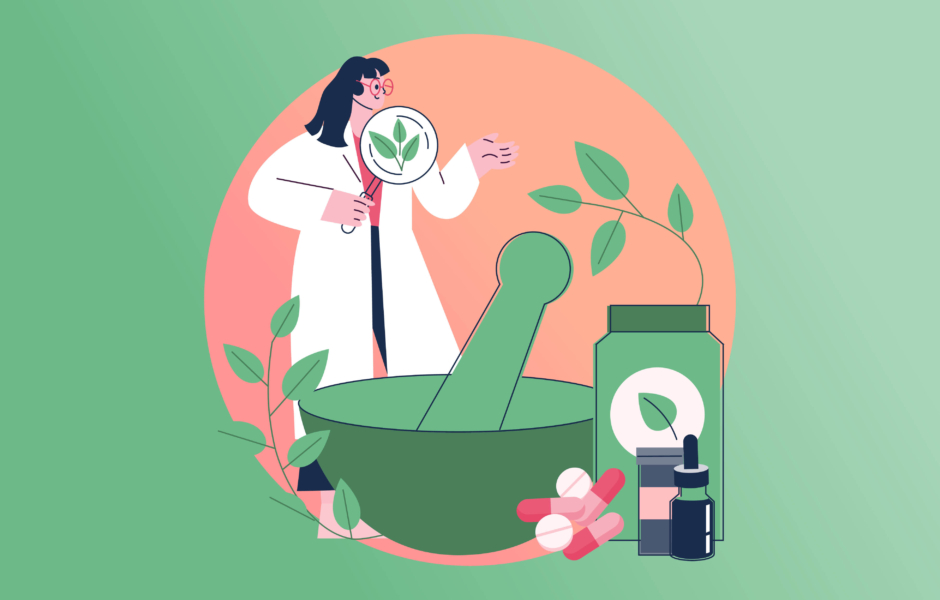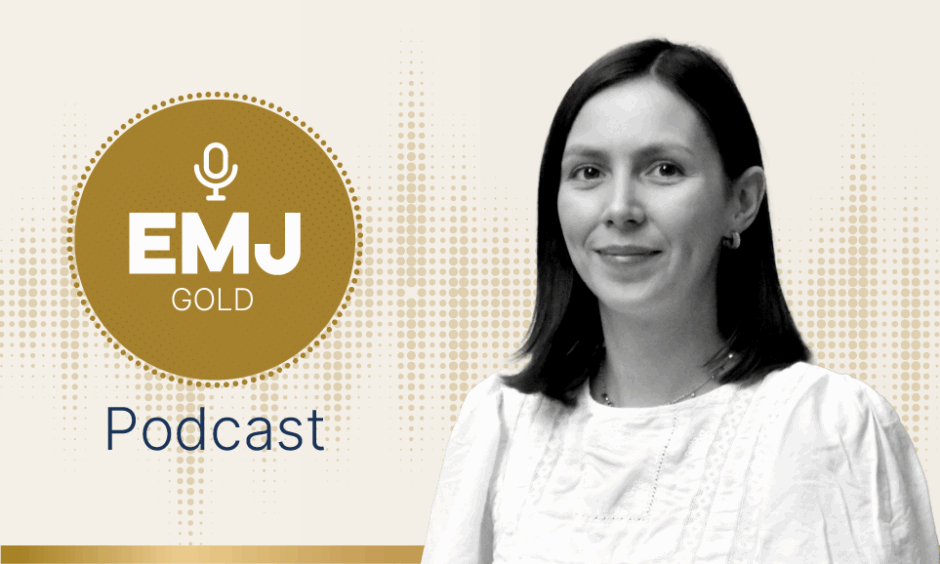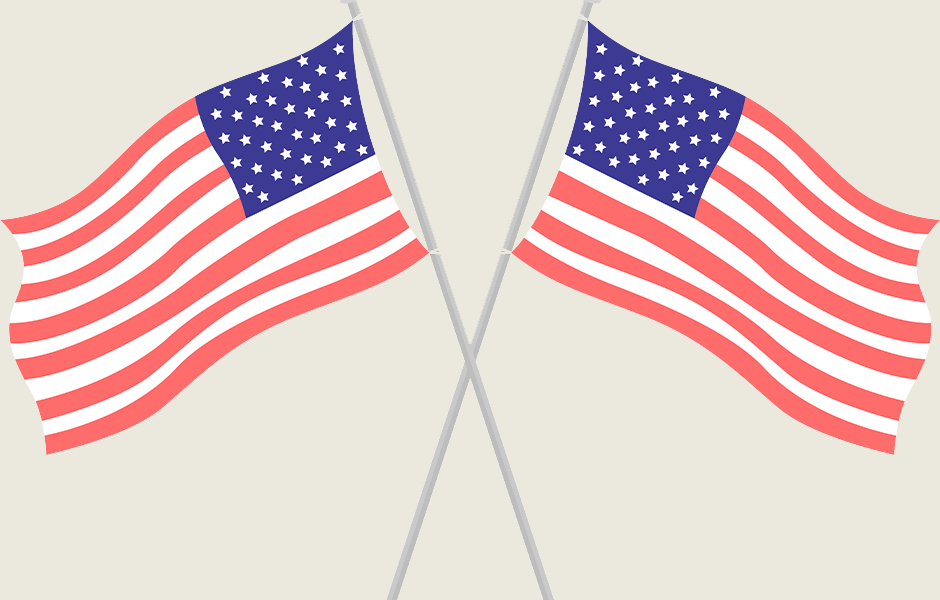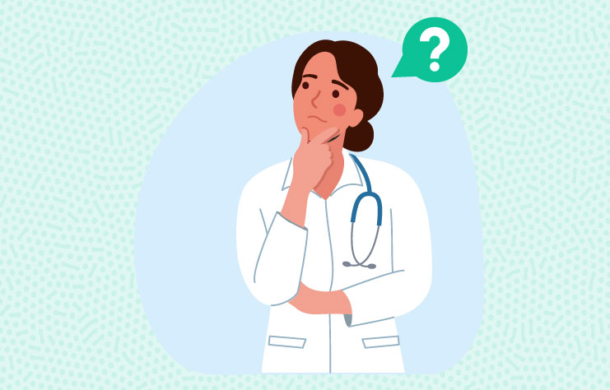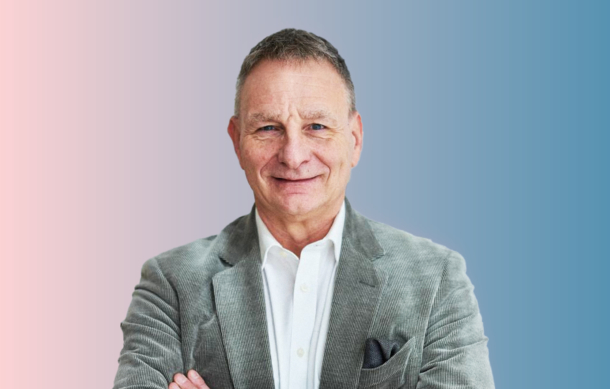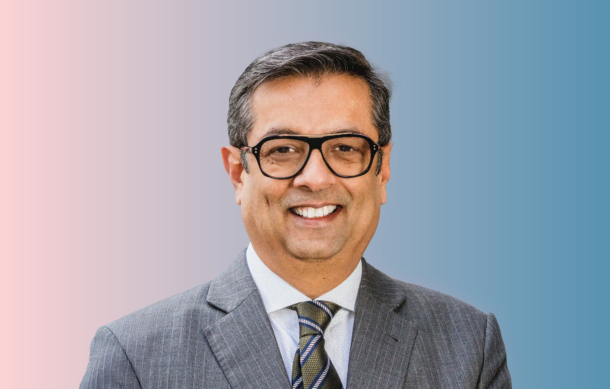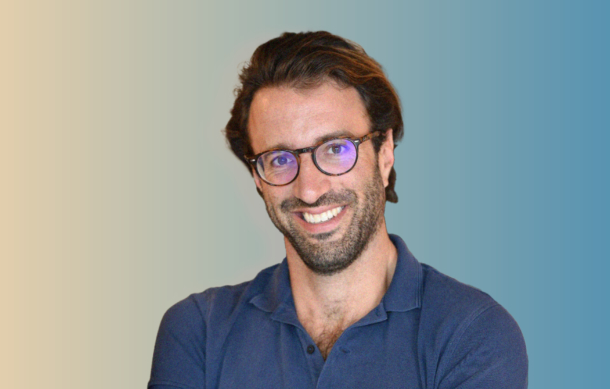As patients increasingly turn to unproven supplements over clinically validated treatments, the risks to their health and the credibility of modern medicine are growing. What is pharma’s role in combatting this?
Words by Jade Williams
A new era of medical information, or misinformation, is emerging – and it’s being driven by algorithms, not academics. From turmeric elixirs touted as anti-inflammatory cure-alls to tinctures concocted from cordyceps mushrooms, “natural” has for some become synonymous with “better”.
This shift, fuelled largely by social media, is altering the way people engage with healthcare – often without the guidance of healthcare professionals. For some, these natural remedies could lead to a small burst of energy, but for others the consequences are grave – with recent news that a woman living in New Jersey almost died after sustaining liver damage from daily turmeric pills.
A crisis is brewing. As patients increasingly turn to supplement use over clinically validated treatments, the risks to both their health and the general uptake of medicine are growing. What can pharma do to mitigate these risks?
Misinformation is winning
According to New Hope Network, 36% of people purchasing herbal remedies research them via social media or influencers before making a purchase, and just 4% actually obtain these products from a registered HCP.
“I am concerned about the trend of influencers, picked up by social media algorithms that attain a wide reach, touting miracle solutions that prey on the hope of patients,” says Jennifer Cain Birkmose, Senior Director of Research Development, Schain Research and Ciencia Technology. The growing reliance on unverified online sources over medical professionals reflects a deeper, more dangerous trend – which has already had deadly consequences.
Paloma Shemirani, the daughter of a UK anti-medicine conspiracy theorist, was diagnosed with non-Hodgkin lymphoma and given an 80% chance of recovery. However, instead of undergoing chemotherapy, she chose to pursue Gerson Therapy. The therapy’s official website describes it as “a natural treatment system that activates the body’s extraordinary ability to heal itself by treating the underlying cause of degenerative disease”, which it says can be achieved through dietary changes alone.
Paloma died from a heart attack caused by her tumour. A heart attack that, according to her family, may never have happened had she undergone the initially recommended treatment. Worryingly, the public’s distrust of traditional medicine is potentially costing lives.
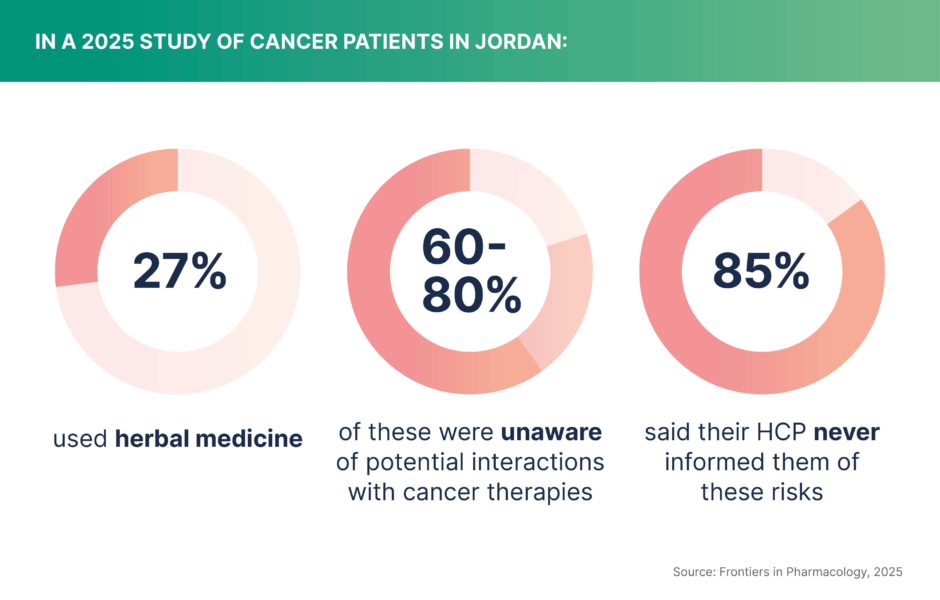
A trust problem
Understanding where this distrust comes from means first acknowledging where pharma has fallen short.
“My concern is that this position pharma is in is a bit of its own making,” notes Birkmose. “We, as an industry, have failed to make the understanding of pharmaceuticals – the development, the regulation and understanding of risk – accessible to the public.”
The gap left by pharma’s limited and at times absent messaging around the industry and its processes has been eagerly filled by influencers and alternative voices – often with dangerous oversimplifications. As Birkmose continues: “Although the information can be incorrect, and at its worst, harmful, it is accessible, easy to digest and communicated clearly.”
Pharma isn’t shy of disseminating new information to HCPs, but it’s no secret that industry messaging to the public needs work. After all, influencers know how to be clear, concise and capture attention with feelings – not facts – like no other.
Reclaiming the conversation
To stay relevant in an increasingly wellness-dominated digital space, the industry doesn’t necessarily need to dismantle the wellness movement, but it has to be part of the conversation. That starts by embracing more open dialogues and meeting patients where they are: online and on social media.
Leading with a stronger, more authentic presence on platforms like TikTok, Instagram and YouTube could be the way forward. Currently, health-related hashtags on TikTok are on the rise, yet most of the top-performing content comes from influencers, not clinicians or credible institutions like pharma. In fact, a 2024 study from Worldcom found that pharma’s use of TikTok represents just 1% of its potential. The appetite for digestible medical content is clearly there – it’s the trusted and vetted voices that are missing.
“If the pharma industry does not learn to communicate clearly the risk and benefits [of its products] to people in an accessible way,” warns Birkmose, “social media influencers will continue to spread medical myths that can be deleterious for human health.”
In the US, recent moments of institutional controversy highlight the urgency of this issue. The Department of Health and Human Services recently promoted what many deemed to be anti-vaccination content on social media, potentially eroding public trust in these solutions and blurring the line between science-based health guidance and political messaging.
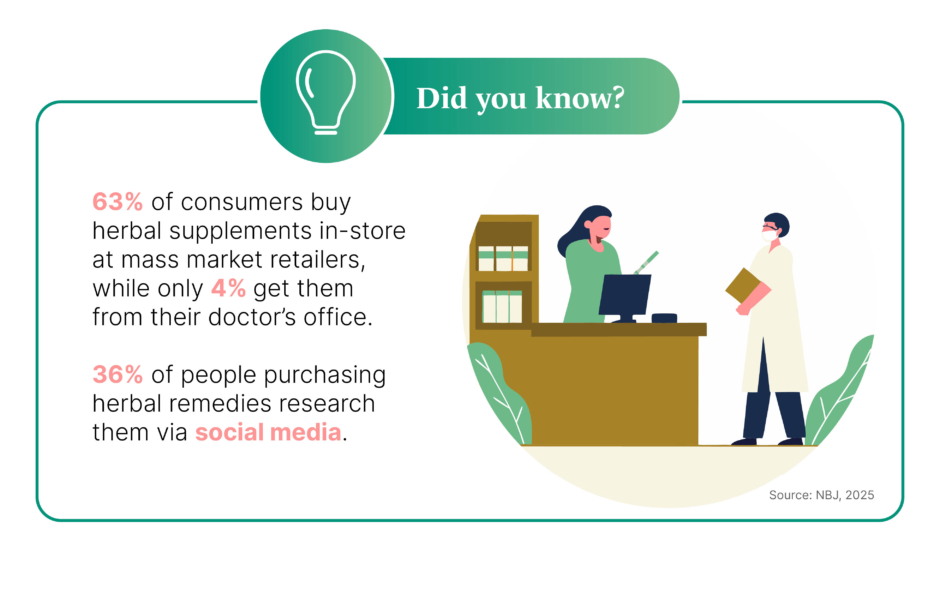
Help for healthcare professionals
But a better approach to misinformation isn’t just needed on social media – there’s also an opportunity to help HCPs on the frontlines. Clear, empathetic conversations about treatment options, including the risks of relying on herbal remedies instead of traditional medicine, are essential to protecting patient lives.
This is because many patients aren’t simply misinformed – they’re overwhelmed. A diagnosis affects a person both physically and mentally, and in overstretched healthcare systems, the emotional strain can impact how they process and respond to more formal medical advice.
According to The Guardian, seven in 10 GPs suffer from compassion fatigue because they are so emotionally and physically exhausted from their workload burden. This chronic exhaustion not only chips away at doctors’ wellbeing, but it can also leave patients vulnerable when clear and trusted guidance is most needed.
If a patient doesn’t feel seen by their HCP, then it’s possible they could turn to Dr Google, where they may inevitably stumble on empathetic but incorrect health advice. Worryingly, a recent Edelman survey has found that 38% of young adults already trust advice on social media more than their doctor.
Pharma must fill this gap by equipping overworked clinicians with messaging that empowers them to guide patients confidently and counter misinformation head on.
Wellness with rigour
The wellness movement isn’t all doom and gloom, though. Some companies are entering into the natural space themselves. After all, if you can’t beat them, why not join them?
For example, the consumer health company Haleon has already taken the leap and is seeing success in the area with a clinically tested multivitamin product. Not only is this move beneficial for patients – it’s ultimately profitable, too. In 2024, vitamins, minerals and supplements accounted for 15% of Haleon’s £11.2bn revenue.
As Birkmose notes, a move into the wellness space “offers opportunities to create a body of evidence around the efficacy and effectiveness of alternative therapies”. Entering the space with scientific credibility can yield both commercial and clinical value by applying pharmaceutical standards to traditionally non-pharma domains.
A more radical example of this trend comes from the US university UC San Diego, “where they have put the rigours of pharma development behind understanding the efficacy of meditation to contribute to biomedical outcomes such as microbiome, pain management and boosting immune function”, Birkmose adds. This shows that wellness and traditional medicine can be allies, not adversaries, in serving the greater good.
Put simply, the world is not short on information or innovation: it’s starving for clarity. If the industry doesn’t fill that void, someone else – with far less to lose and far fewer regulations to follow – will. Whether it’s working on its reputation, better preparing HCPs to educate their patients or breaking into uncharted territory, the fact of the matter remains: it’s time to act.
